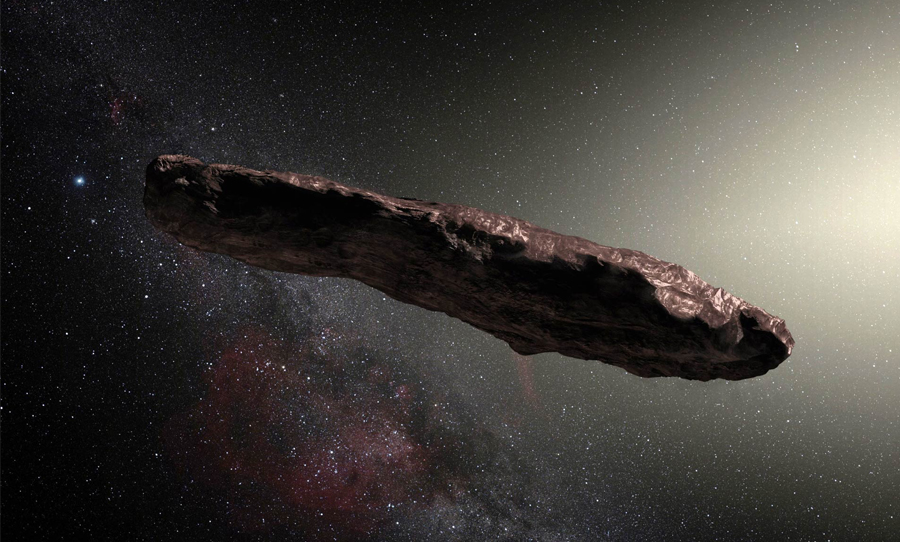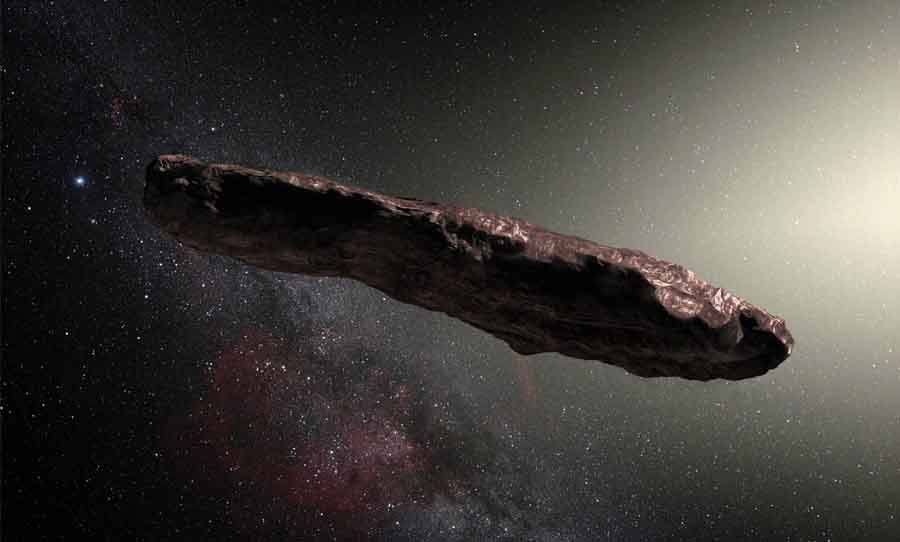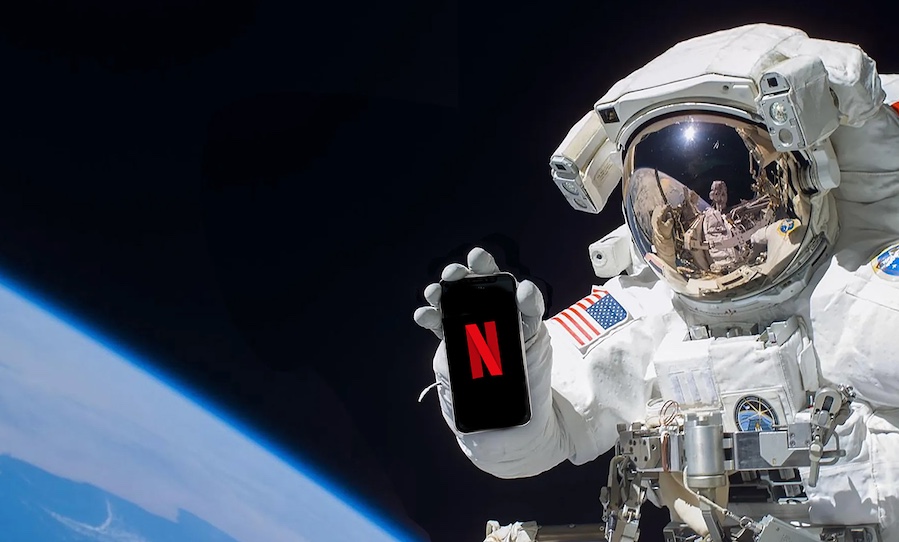Vice thinks it looks like a blunt. And it does. With a radius of around 200 metres, one puff of that doobie and you’d be greener than the Grinch.
This is ‘Ouamuamua. Described by NASA as “a rocky, cigar-shaped object with a somewhat reddish hue,” the object’s asteroid characteristics suggest it could have originated from a planet or comet a few times the size of Earth.

A new study dissects the unusual traits of the foreign body ’Ouamuamua, suggesting it may be an active asteroid which hints at something a lot bigger.
Much like in Fergie’s 2006 hit Clumsy, ’Ouamaumua is likely to have been slippin’, tumblin’ around for hundreds of millions of years before discovery. The object first appeared in late 2017, whizzing past the sun at 87.3 kilometres per second.
The discovery was a ground-shattering breakthrough for astronomers at the time, despite it coming nowhere near shattering the ground. Paul Chodas of NASA’s Jet Propulsion Laboratory was tickled (reddish) pink by the discovery:
“It’s a strange visitor from a faraway star system, shaped like nothing we’ve ever seen in our own solar system neighborhood.”
Scientists began searching for the common features of comets, such as trails of ice and gas, but came up short.
A formation theory has recently been published in Nature Astronomy, aiming to link all of ‘Oumuamua’s puzzling characteristics. The journal suggests that ‘Ouamuamua is likely to be what’s known as an “active asteroid.” Its reddish colour, tumbling acceleration, and odd shape mean it displays behaviours of both an asteroid and a comet.
The asteroid is thought to have split from a comet or even a super-Earth planet after an encounter with its parent star. Carved into a small splinter, it was banished into interstellar space. Dr Yun Zhang, who co-authored the study, says the parent star might be “similar to our sun but smaller and denser – or possibly a white dwarf.”
’Ouamuamua’s size and proportions are bizarre and unlike anything inside our solar system. Besides the weird flying dragon from The Neverending Story, this is an indication of an active object that might originate from a galaxy outside our own.
The new research also observes that this type of asteroid may carry ingredients for life, such as water and organic compounds.
“Since these sojourns pass through the domains of habitable zones, the prospect of panspermia cannot be ruled out,” the research team said.
Confused? Same. All you need to know is: aliens might be real. We’ve said it all along.



